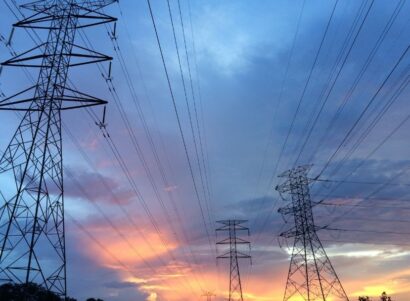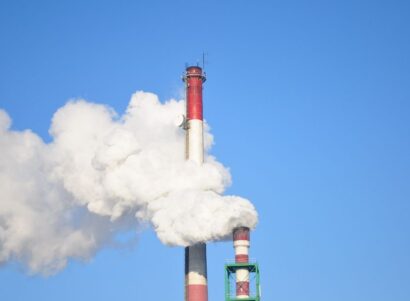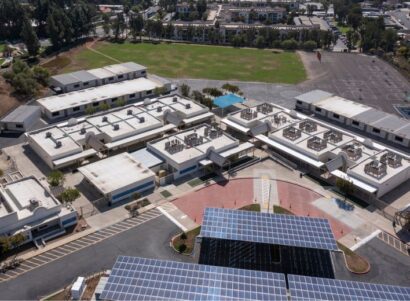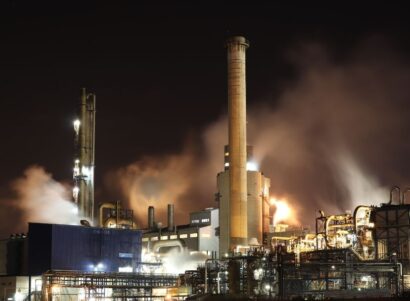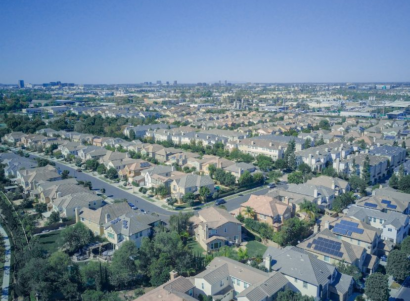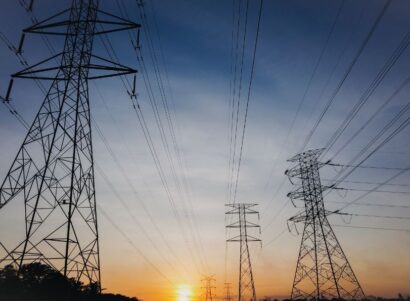Overview
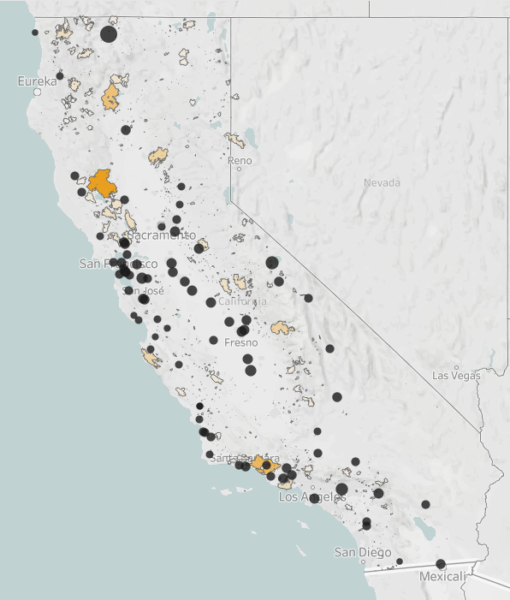
In the last several years, California has experienced some of its most damaging wildfires by acreage burned, lives lost, monetary damage, and other key metrics. This has contributed to increased interest in understanding the risks wildfires may pose to public health and welfare among the public and policymakers.
Our July 2020 report, ‘The Public Health Dimensions of California Wildfire and Wildfire Prevention, Mitigation and Suppression’, outlines trends in wildfire frequency and severity, discusses mitigation strategies to reduce wildfire risk, and examines the public health dimensions of wildfires and wildfire mitigation in California. Though this report contains several visual representations of wildfire data, the spatial and temporal complexity of wildfire data are best explored interactively. We therefore present the below interactive maps and graphs as a supplement to our report to provide the reader the opportunity to interact with the data.
Explore the following visualizations:
- Temporal trends in exceptional California wildfires: Explore California’s largest, deadliest, and most destructive wildfires.
- California fire perimeters: View California wildfire and prescribed perimeters across the state since 1970.
- Air quality and California wildfire: View particulate matter (PM2.5) concentrations during recent California wildfires (2015 – 2018).
Quick Tips
- For a full-screen visualization: Click on the full-screen icon at the bottom right corner of a tab.
- To download images or data from an individual plot or map: Click on the download icon at the bottom right of that figure.
- To undo all filters: Click on the revert icon at the bottom right corner of a tab.
- To embed or share a link to a specific map view: Click the connections icon on the bottom right of your map results.
- To re-center maps: Click on the home icon, which appears when you hover in the top left corner of the map.
Temporal Trends in Exceptional Fires
Based on analysis of the wildfire perimeter data presented in the above map and data from the National Interagency Fire Center, California has seen an overall upward trend in annual acres burned since 1970. Separately, CAL FIRE Redbook data suggest recent increases in annual fire-related deaths and structures damaged or destroyed by wildfires. While these trends are partially driven by more fires, exceptional events also play a role. We used CAL FIRE data on the State’s deadliest, largest, and most destructive wildfires to visualize trends in exceptional fire events. Year of ignition is plotted on the x-axis. Burn acreage is plotted on the y-axis. Darker circles indicate more destructive fires by structures damaged or destroyed. Larger circles correspond with fires with more fatalities. Hover over a circle for the fire’s name, along with the statistics that drove its placement, size, and color.
Sample question: How many of California’s most damaging fires occurred in the last 20 years?
California Fire Perimeters
Where have fires burned in California over the last 50 years? The State has a long history of wildfires and a growing tendency to manage wildfire risk with prescribed burning. The below map therefore uses public CAL FIRE data to show wildfire and prescribed burn perimeters from 1970-2018. Use the filters at right to toggle between decades, fire size, and prescribed burn or wildfire. Hover over a fire to see its name, start date, end date, acreage burned, cause, and the primary fire protection agency for its geographic area. Zoom in to see city and neighborhood names, points of interest, and roads and highways.
Sample question: Which urban areas have experienced fires over 5,000 acres in the last two decades?
Wildfire and Prescribed Burn Perimeters Since 1970
Air Quality and Wildfires
Though the above chart highlights some of wildfire’s most acutely felt effects such as loss of homes and lives, fires may also affect public health through less direct means such as adverse impacts on air quality. This is especially true where large human populations live downwind of high fire-risk areas, and was exemplified by the very high concentrations of particulate matter and other pollutants above much of Northern California during the Camp Fire in 2018. Use the below map to see which fires burned over any given period of time and to see what the 95th percentile concentration of fine particulate matter (PM2.5) was at air monitors throughout the state (Source data: CAL FIRE Open Data Hub Wildfire Perimeter Shapefile, U.S. Environmental Protection Agency Daily PM2.5 Pre-Packaged Data). Air monitors change size as PM2.5 concentration increases. Hover over a monitor to get its value. Hover over a fire to see its name, date started, and acres burned. Use the date filter at right to select your time period of interest. Note that when filtering fires for inclusion, fire start date is used. For example, a fire which started on 11/1/2017 and ended on 11/15/2017 would be included when filtering from 10/31/2017-11/2/2017, but would not when filtering from 11/2/2017-11/10/2017.
Sample question: Which downwind areas experienced elevated PM2.5 concentrations during the Tubbs Fire in fall 2017?
Contact Us
These data are accurate to the best of our knowledge, but there are sometimes discrepancies in data aggregated from multiple sources and there may be errors in the compilation. We would appreciate your input if you notice any anomalies or inaccuracies to help us improve these visualizations. We are also eager to help you navigate and use the tool. Please contact info@psehealthyenergy.org for assistance or feedback.
